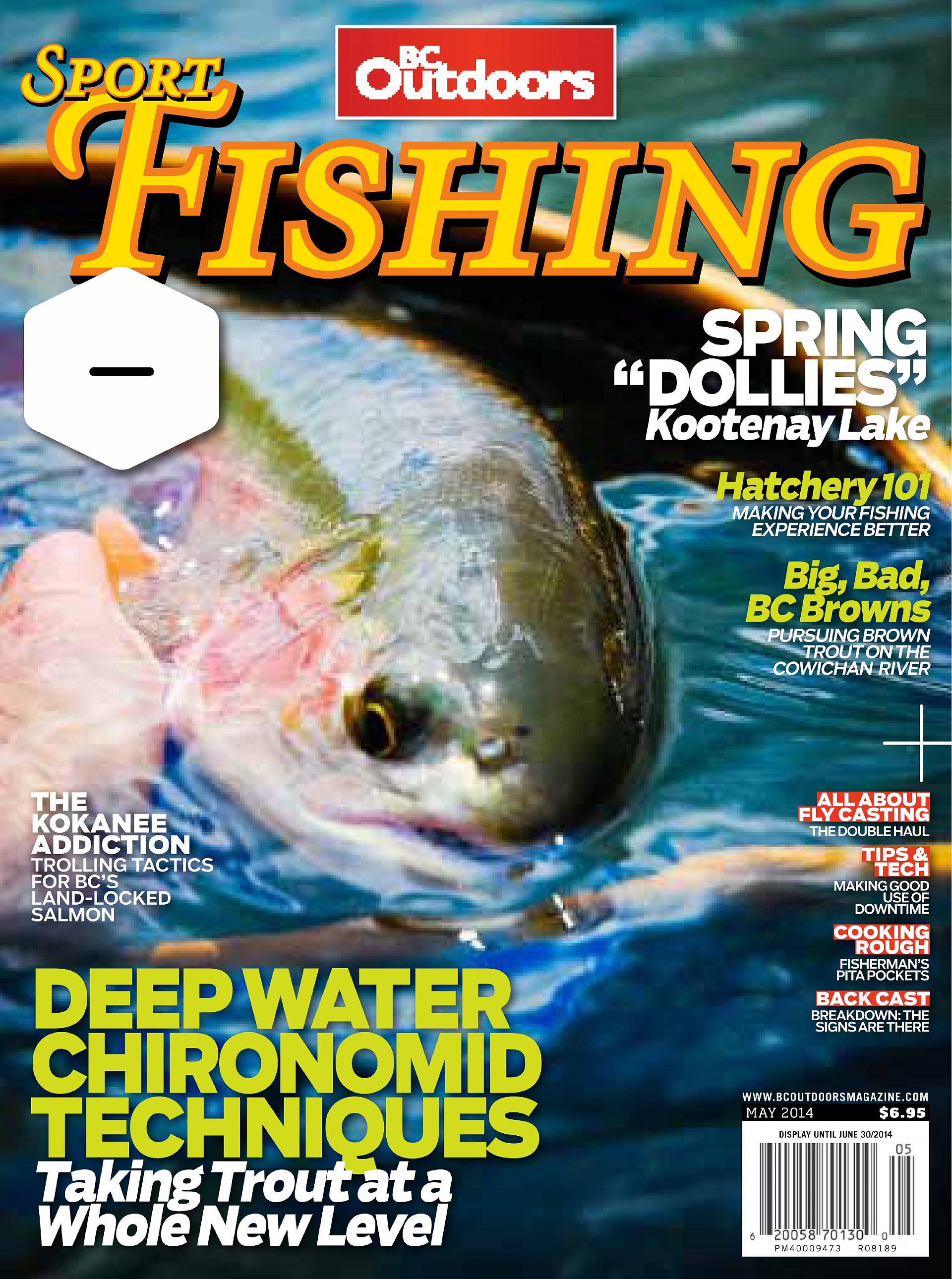It is probably safe to say that when targeting trout with chironomid larva or pupa patterns most stillwater fly-fishers focus their effort in shallow water less than 15-feet deep. For many, a floating line, leader and a strike indicator is all that is required to be successful. To some, particularly those prospecting lakes for the first time, using a floating line and strike indicator from an anchored position seems the only method worth using.
Advertisement
While I enjoy targeting the shallows as much as anyone there are times when trout feed on chironomids, both larva and emerging pupa, in deep water. As water deepens vegetation recedes as the energy of the sun’s rays, essential for photosynthesis, dissipates. The lush weed mats of the shallows disappear, replaced by rich muddy bottoms. Muddy bottoms offer prime habitat for chironomids. These chironomid beds concentrate trout, especially during intense emergences when hundreds of thousands of pupa suspend just above the bottom before making their final emergence ascent. Make no mistake, stillwater trout can and do feed in deep water. Trout also patrol the depths when environmental conditions such as weather change, increased water temperatures or bright sunny days drive them from the shallows.
To read the full feature and see the outstanding photography that accompanies the editorial pick up your copy of the 2014 May issue on your local newsstand. The cover looks like this:
Advertisement
